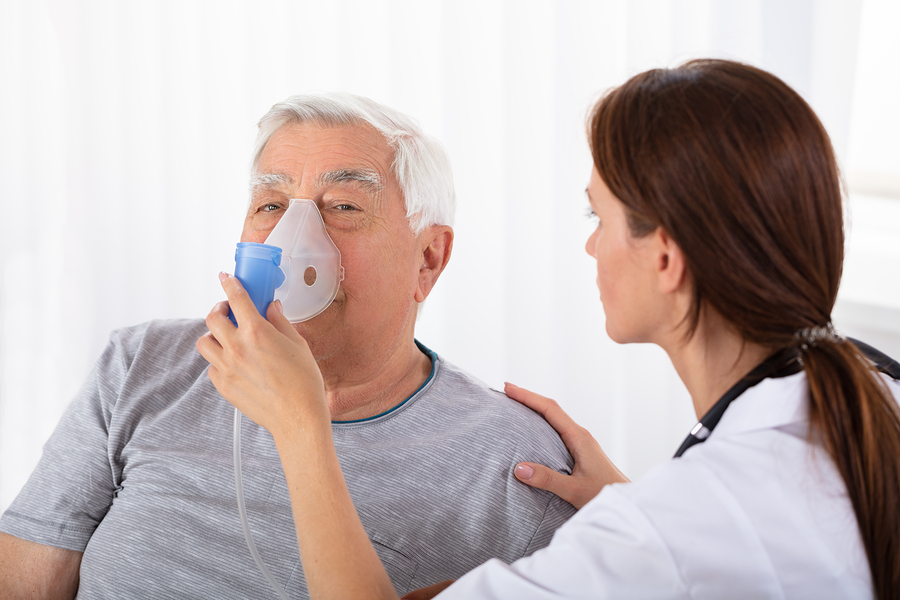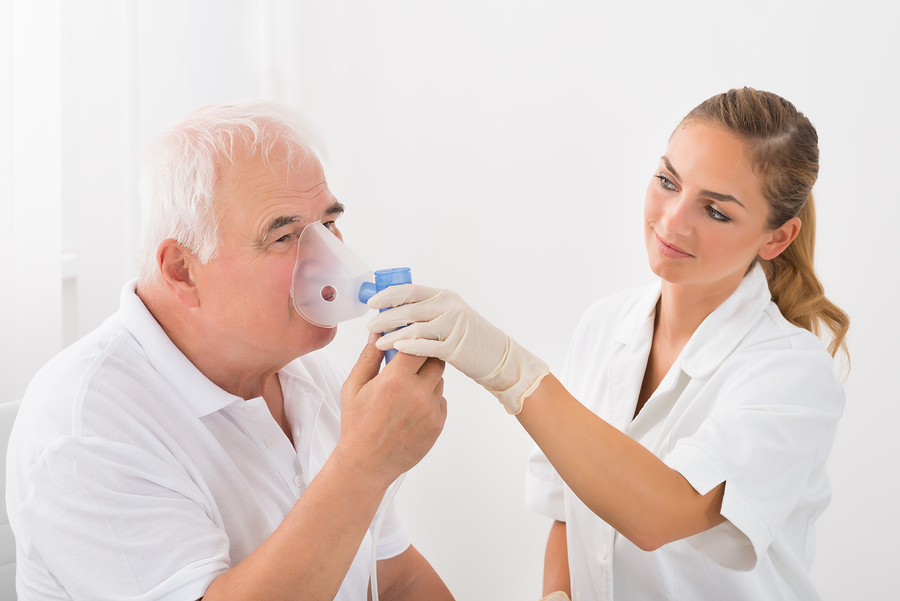m.Care – Predictive Modeling Leads Advances in Remote Patient Engagement
As a society, we have spent decades and billions of dollars perfecting our ability to diagnose and treat afflictions. Modern medical devices, for example, can now replace a heart valve with minimally invasive procedures. Our health system reimbursement model has largely been based on this “old habit” of being reactive to health.
Comparatively, we have invested far less in preventative health care. Health care system reimbursement models are, only in the last generation, slowly recognizing the cost savings of preventing major health issues as opposed to treating fully developed ones.
For many providers, compensation and system-wide planning still revolve around improving in-hospital infection rates, readmission rates, and patient turnover rates. Certainly, for those who need critical care, those focus areas are important.
But shouldn’t a major focus be on reducing, and even preventing, the need to provide critical care in the first place? For providers that can focus on and include preventative care, they will truly provide a total health care solution. And their foothold in this emerging market will strengthen.
m.Care Launches Industry-Changing Predictive Modeling
m.Care is the digital health platform from LifeScience Technologies. LifeScience Technologies focuses on creating technology solutions in the healthcare industry.
m.Care was born from the experience of one of its co-founders. His child had a serious health issue, ultimately spending months in and out of the hospital. The co-founder recognized that the pathological indicators of their child’s illness were present months before. Without monitoring and a predictive model, however, their child joined the thousands of others grinding through the life and death struggle of invasive and disruptive post-diagnosis treatment.
The quest to develop groundbreaking predictive modeling began.
Accurately Recording and Forecasting Biometric Data
The premise was simple, yet bold. Instead of reacting to what a patient tells us, create software that is proactive and predictive in recognizing what might happen.
m.Care began looking at what data a patient can provide via biometric devices. It then needed to create a system that could look for trends, outliers, identifiers of disease, and so forth.
Identifying single channel trends was relatively easy. Blood pressure increasing over several months, for example, was easy to identify. That information can be useful for medical professionals as they assess a patient.
But what about assessing interrelated data across multiple collection points? Truly intelligent software would need to assess the data based on the unique medical history of a patient. And even if the data could be gathered and assessed, how would the software know what outcomes to predict? How would it determine what information to ultimately pass to the patient and healthcare provider? Identifying signs of sepsis, for example, could potentially be more critical in the short-term than a trend of rising blood pressure.
Once the software was created to collect and analyze multiple data points, and the matrices were developed to assess and predict outcomes, it needed more. Our health is largely affected by how we act and react to our health concerns, and not just what biometric data is telling us. The software still needed to become more accurate with predictive modeling. To do that, it needed to incorporate the intangible inputs into healthcare decision making.
Incorporating Non-Biometric Data in Predictive Analysis
Biometric data is not the only indicator of future health issues. For example, feeling a tightening of the chest on a Saturday morning is often reacted to differently than if it occurred on a Monday morning. On a Saturday, many can simply lay down and relax. We often think, “If it still persists on Monday, I’ll see the doctor.” On a Monday, we may not have the ability to rest, and work stress may contribute to the issue. Conversely, we may be more apt to head to the doctor during normal working hours. Those differing responses could have a dramatic effect on a patient’s health.
m.Care set out to understand the state of mind of the patient and the way they approached their potential health problems. And it doubled down by creating software that analyzed non-biometric data at the individual level. The software then took that cumulative data and strengthened its predictive modeling.
Breakthrough in Testing – Adding a Subjective Component
One key pain point for hospitals is the potential financial hit they take for readmissions. If they could understand what spurred a decision to return to the hospital (and understand an initial decision to come to the hospital), they would be empowered to address it.
Going to the hospital is frequently a subjective decision.
Multiple subjective layers were introduced to the software. Real-time feedback modeling became key to understanding the mindset of the patient. Additional subjective components were added, and over several iterations accuracy improved 65%, then 82%, and finally over 90%.
Valuable, reliable predictive modeling had been born. But could it be made even better?
m.Care Predictive Software Added Visual Assessment Capability
Much of healthcare involves the ability of a professional to visually assess his or her patient. We rely on visual assessment to help make medical decisions – otoscopes to see in the ear canal and nasal cavity, visually inspecting a bruise or skin tone, reviewing an x-ray, “open your mouth and say ahhh,” or noticing pupil constriction under bright light.
Visual assessment is a key tool when understanding and diagnosing a patient. If the software could understand the difference between a healthy, healing scar and an infected one, for example, it could add that data to the algorithm and provide even more accurate, better predictive information.
m.Care built a library (neural network) of healthy vs. unhealthy scars, lungs, skin lesions, secreted fluid, teeth/gum issues, and other visually evaluated body-based issues. The program then “taught” the software what to look for and how to evaluate and determine healthy vs. unhealthy images. Now, a patient could take an image and upload it to the platform for automated evaluation. Medical professionals could do the same and receive predictive feedback to gauge against their review.
Machine Learning Was Applied and the Vision Became a Reality: Breakthrough Predictive Modeling
To take full advantage of the powerful software, the final component was to create a learning algorithm. Feedback, more individual and population data, and regularly scheduled audits have all led to a platform that is both versatile and powerful.
It works equally well for critical care and mental health patients. It can predict time-critical sepsis alerts and long-term behavioral indicators that can lead to health issues down the road. Payers and corporate wellness programs now see a way to mitigate future healthcare expenses, while keeping workers healthier, happier and on the job more often.
m.Care is a wholly-owned subsidiary of LifeScience Technologies. Based in Leawood, Kansas, m.Care powers multiple healthcare systems, including the world’s first virtual hospital, Mercy Virtual in St. Louis, Missouri. m.Care provides free demos for interested professionals. For more information, visit m.Care, or call 833.99m.Care (833.996.2273)
Other Recent Articles
m.Care Technology – Predictive Capability, Interoperability, Ease of Integration, and Security

PRESS RELEASE: m.Care Virtual Care Platform Launches COVID-19 Long-Haulers Patient Monitoring

COVID Long-Haulers – Do You Have a Care Solution For This Patient Population?
